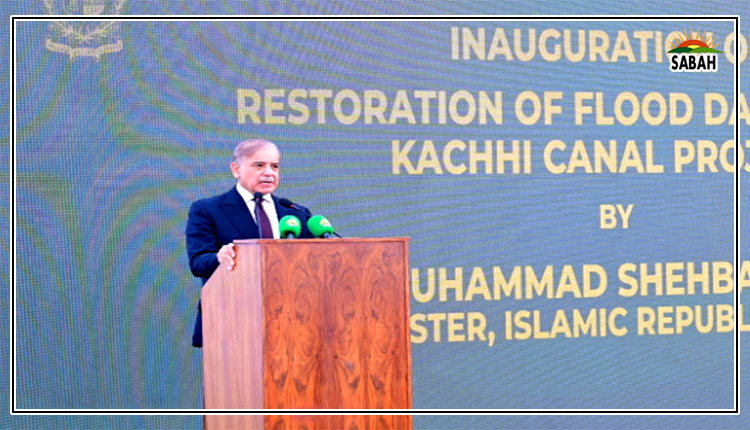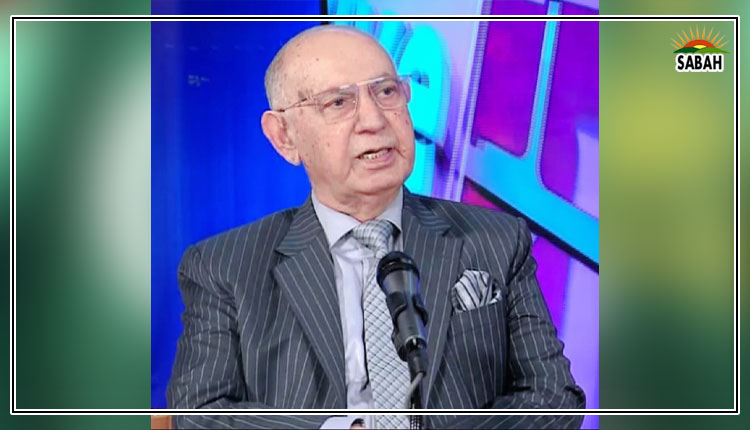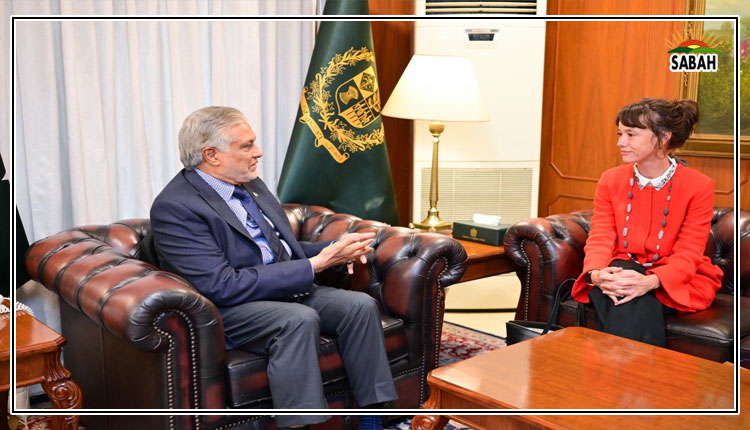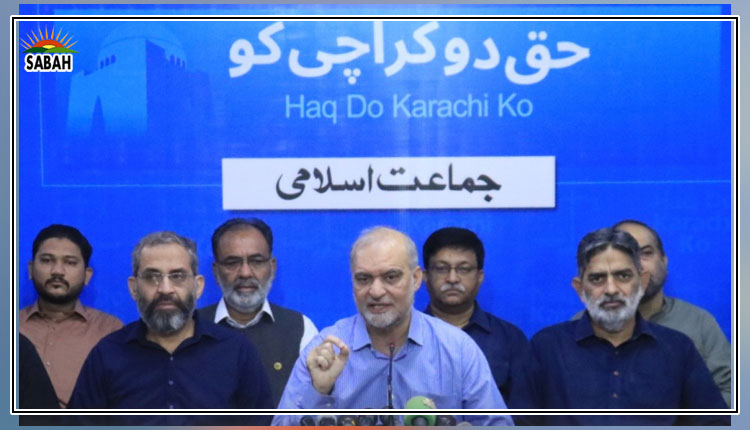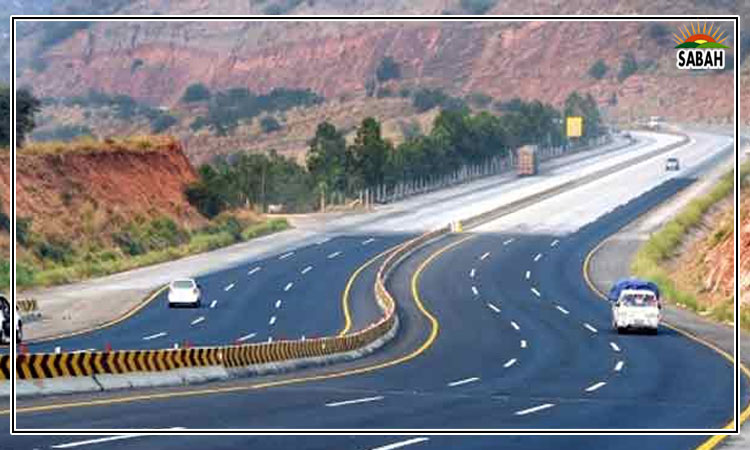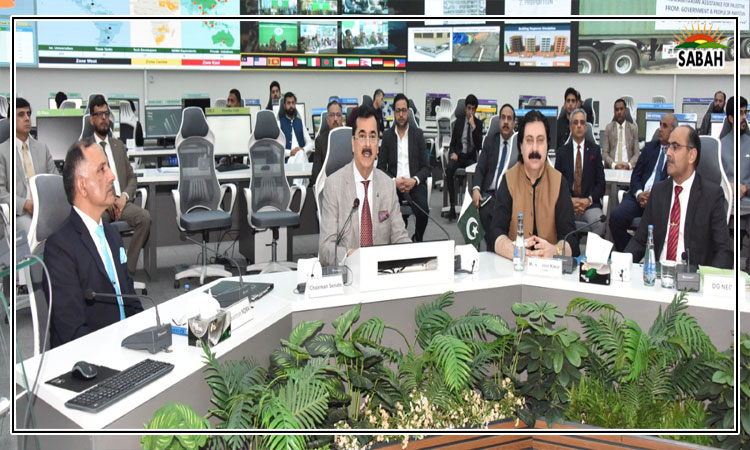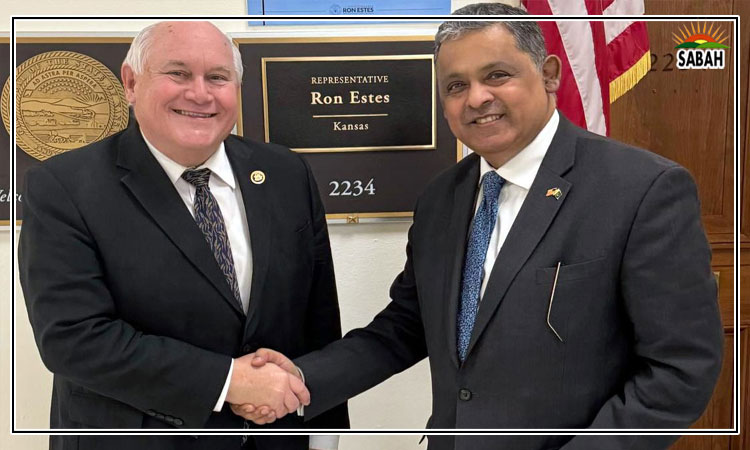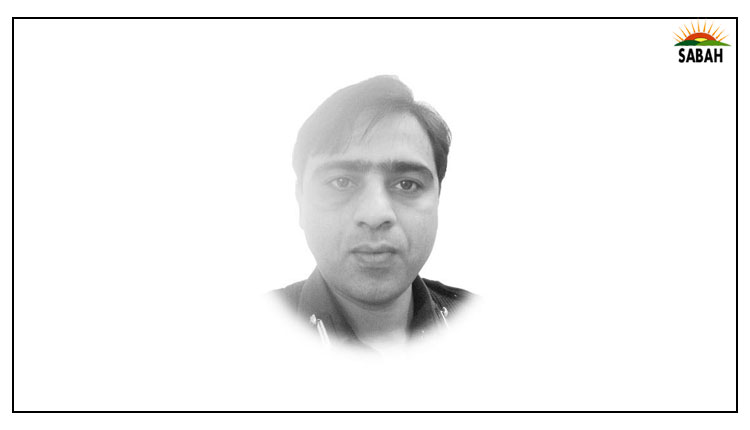Monopoly on violence… Faisal Ali Raja
A state resorts to two types of violent actions against its citizens. One is reactionary and chaotic in nature to mitigate a threatening situation which appears almost suddenly and persists for a certain period of time. The other is based on a systematic approach by state institutions to execute selective actions against a particular group or community or a section of polity in the country. The state wants to terrorise a section of society so that it falls in line with its aims and objectives in the long run.
The former method of state repression is more vicious and harmful as compared to the latter as gaining quick results in limited time often translates into extreme highhandedness bordering on torture. The state brutality is not limited to physical harm only but it extends deep inside the psychological domain as well. The way people are treated by the state machinery leaves indelible marks on their minds which they disclose through messages to others and disseminate by their writings to variegated readers as well. Hence, a silent rage is developed among the people who have either seen or experienced or heard the accounts of horrors from their acquaintances and fellow countrymen. They keep on talking about it, discussing it with persons of other nationalities and presenting it on various national and international fora. The modern-day technology has not only preserved the moments of violent protests but has also captured the human rights violations committed by the agents of the state. It is essential for the state to penalise its citizens for their wrongdoings but at no stage it should treat them in a way that the latter become disillusioned with the concept of statehood.
The movements for social equality and civil rights often become violent depending upon the level of state response and type of leadership anchoring these activities. Like Pakistan’s, the constitution of every country has maintained a balance between the responsibilities of the state and obligations of the people of the country. The moment this equilibrium is disturbed, violence in the form of state action or public demonstration is observed. At times, it is exhibited in physical space when excessive force is used against the people involved in damaging the property, torching the vehicles and resorting to vandalism. Since the state exercises monopoly of control over violence, extreme brutal measures are used to subjugate the public reaction. With the convergence of understanding of state institutions towards public violence, the individual reaction is translated into nonphysical spaces where reality is modulated, intentionally or unintentionally, to create images which can exhibit excruciating impressions in public domain. This is a type of non-physical assault against the state which can easily be transformed into a range of actions where state institutions are humiliated and subjected to criticism. In other form, state brutality is magnified through social media channels with the rational view to pressurise the state to restore the equilibrium as enshrined under the constitution. Here the state must act innovatively using legal measures to blunt the digital onslaught by a section or a group of the society.
Recently, the UK government has come up with a new Public Order Act which gives local police powers to pre-empt and thwart protesters who are planning to glue themselves to the walls, climbing up over gantries to block motorways, tunneling beneath railway lines and chaining themselves to bridges, thus causing undue interference in construction work and traffic. It has been criticised by human rights organisations who call it draconian and unconstitutional, but the police took pre-emptive measures to obstruct anti-monarchy group from implementing their plans during the coronation ceremony. In India, a systematic persecution of minorities has been carried out. As a result, Muslims are being alienated and a silent rage in the community may slowly transform into violence in the absence of any prominent leaders who can channelise the emotions constructively.
A state must, therefore, calibrate its actions with rational justification while exercising monopoly of control over violence.


